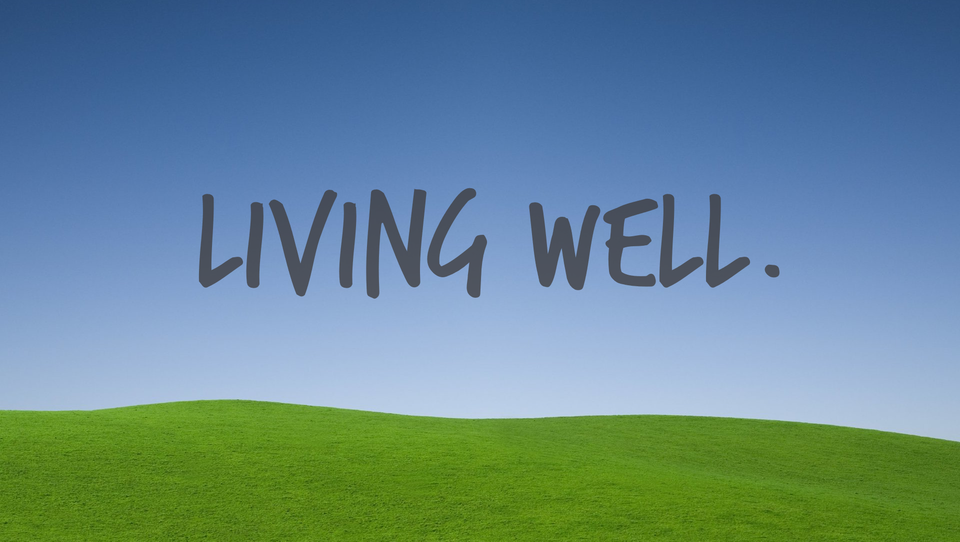How Much Exercise Do You Really Need to Get in Shape?
- By Lisbeth Fabiny
- •
- 21 Jun, 2019
- •

Okay, so you live with a crammed schedule, you hate exercise, or you simply want to set your minimum daily goals.
How much exercise do you *actually* need to get in shape?
Twenty minutes three times per week? Half-hour per day?
And how much is too much?
Do you need to sweat it out for an hour or more
every day?
Let’s go over the (sometimes) mysterious amount of exercise that is ideal. Ideal for your health and wellness. Ideal for getting into shape.
Starting with the minimum.
What’s the Minimum Amount of Exercise?
Of course, you’re going to have to start from where you are right now. If you’re not already exercising regularly, there is no need to go overboard. In fact, trying too much too soon may derail your motivation, and become a reason you just throw in the towel. You’ll also run the risk of injury, small or large, you’ll have to take time to heal. An injury right when you have found the motivation to exercise prevents you from sustaining your enthusiasm of the moment. And, if it took you a long time to get motivated, you run the risk of the same thing once the injury is healed.
So, let’s say you’re not that active (yet). What if I were to recommend “ten to twenty minutes every other day at a level you think you can do?” How does that sound as a starting point?
Pretty do-able, I’d say!
If you’re not training for a competition, you can absolutely get into great shape starting with this plan.
It’s going to longer, I’m not gonna lie. But that time is going to pass anyway, so when the next season comes around wouldn’t you want to be proud of your improved strength and fitness?
Yes, I thought so!
How to Design Your Exercise Plan
Now, there isn’t one answer for everyone. The main rule is to begin with where you are. Take note of your fitness level and your goals and increase and improve slowly. There really is no quick fix (at least no quick fix that will give you lasting long-term results).
Always consider what is reasonably sustainable for you, based on:
● What is your long-term fitness goal?
● What else is going on in your life (i.e. how much time do you really have)?
● What is your current state of fitness?
But don’t stop there!
As you create a sustainable exercise habit, it will start getting easier. So, don’t forget to make it a bit more challenging as you go. Every week do something to push yourself a bit farther than you were before. If you’re strength training, do another repetition or grab the next heavier weight. If you’re doing cardio, go a bit longer, farther, and/or faster.
A great motivational tool is to log your workouts. A simple notepad or workbook (or app) will do! Just enter your reps, sets, and/or times each time you workout. This will not only help you to keep motivated to continue, but it will also help you see where you can squeeze in that extra challenge as you progress.
After several weeks you can stop and evaluate. Keep going the way you are, ramp it up, or change it completely. Eventually, you will find yourself getting stronger, and more fit.
Don’t Forget Your Nutrition
While exercise is very, very good for your health, wellness and longevity, it’s not the only thing to consider. What you eat is going to have as big, or bigger, impact on your shape.
Some super-simple tips that give you the biggest “bang for your buck” are:
● Eat more veggies
● Swap the soda for carbonated water with (or without) fruit
● Cut your treats and sweets in half (and hide half) before indulging
● Reduce the serving size of your main meals (try using a smaller plate)
● Eat slower and savor it more by chewing each bite of food more thoroughly
● Carry around healthy (unsweetened fiber-rich) snacks like nuts, fruit and berries (go easy on the fruit to avoid too much sugar – too much sugar even the natural kind adds unwanted calories)
● Swap in healthy oils instead of vegetable and canola oils for your favorite recipes and dressings. Healthy Oils include olive, avocado, coconut, ghee, grapeseed, walnut, sesame, and red palm. A reasonable amount of oil in your diet will help stave off hunger.
Fantastic Side Effects for Your Brain
As the late Ron Popell, famous pitchman and inventor of the “infomercial” would say, “But wait, there’s more!”. Locking into a lifestyle that includes at least the minimum exercise and reasonable eating, will reap bonus rewards for your brain. Your mood, memory, and thinking skills will improve (and no, you are never too old to attain these brain benefits).,Key Takeaways
You don’t need to exercise like crazy to get into shape. I promise! But you do need to do the following:
● Start from where you are, and don’t go overboard.
● If you’re a beginner, that means 10 - 20 minutes every other day at an easy level.
● Log your workout progress to track improvements and keep motivated.
● Slowly increase the difficulty every week as you get stronger and fitter.
● Don’t forget to eat your veggies, reduce your serving sizes (especially treats) and carry around healthy snacks.
● Talk with your doctor before beginning any new exercise or nutrition program.
● Make an appointment to chat with me about how I can support you getting into shape.
REFERENCES
http://www.precisionnutrition.com/minimal-exercise
https://draxe.com/healthy-cooking-oils/
https://www.ncbi.nlm.nih.gov/pmc/articles/PMC3225186/
https://www.health.harvard.edu/blog/regular-exercise-changes-brain-improve-memory-thinking-skills-201404097110

